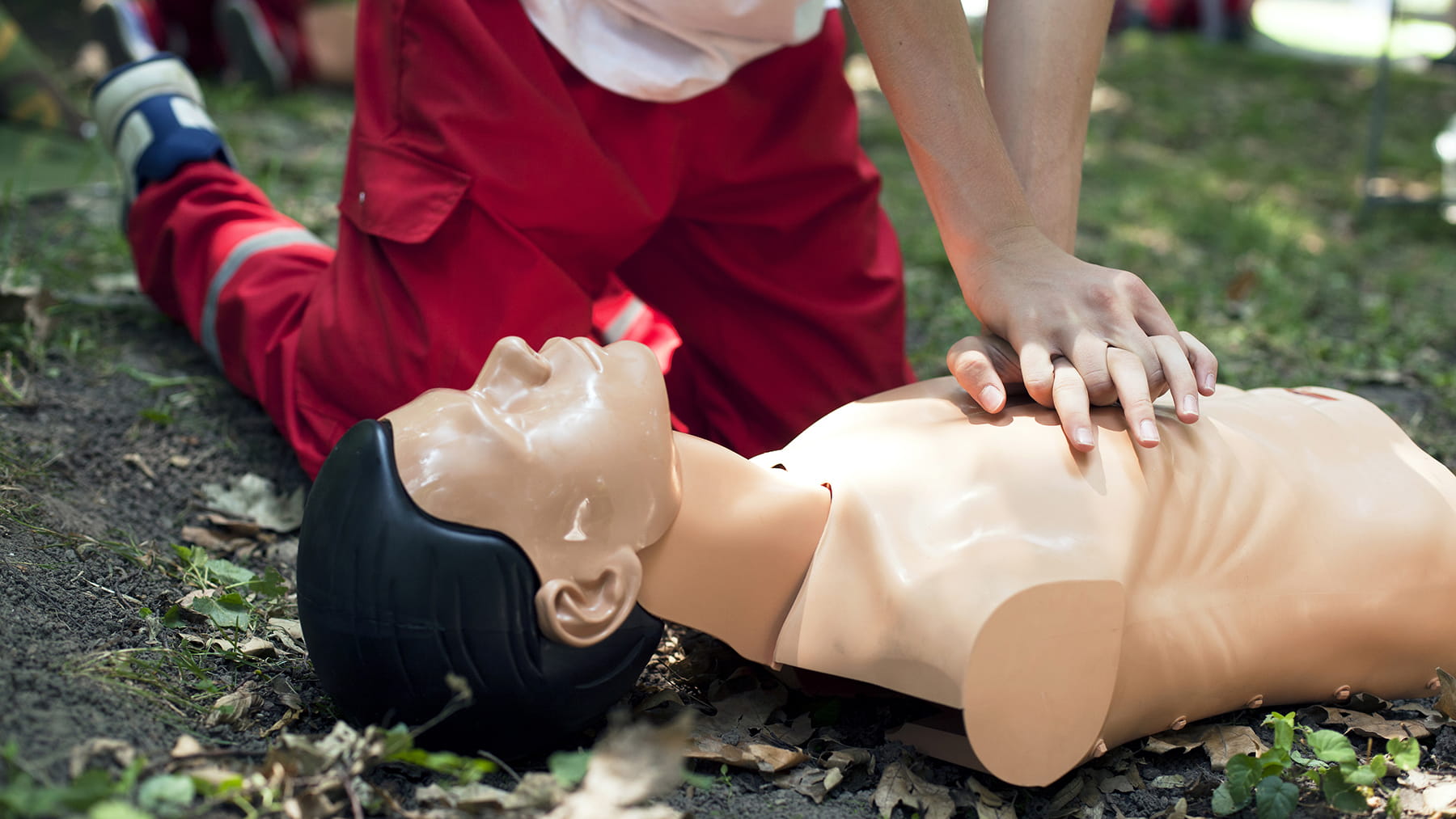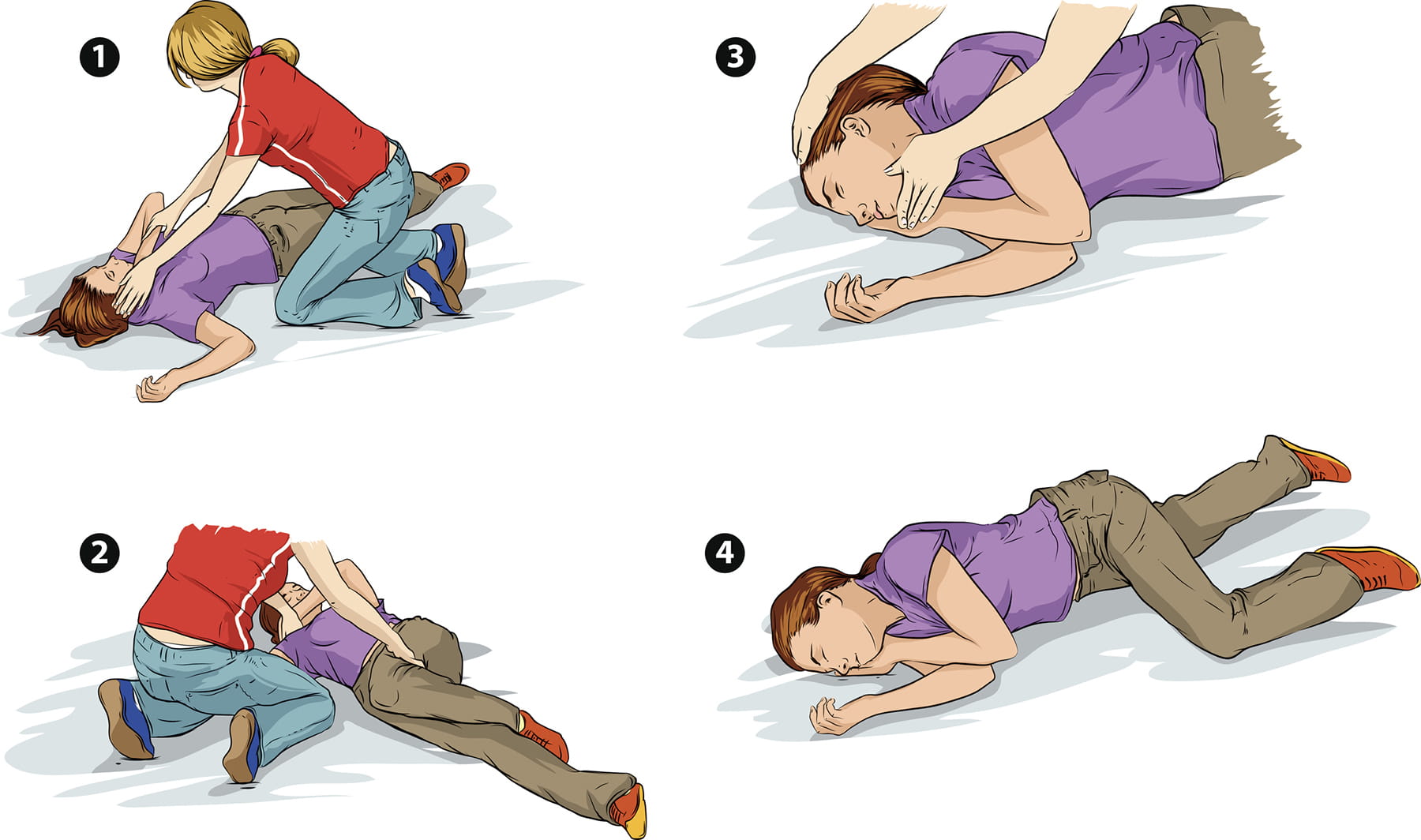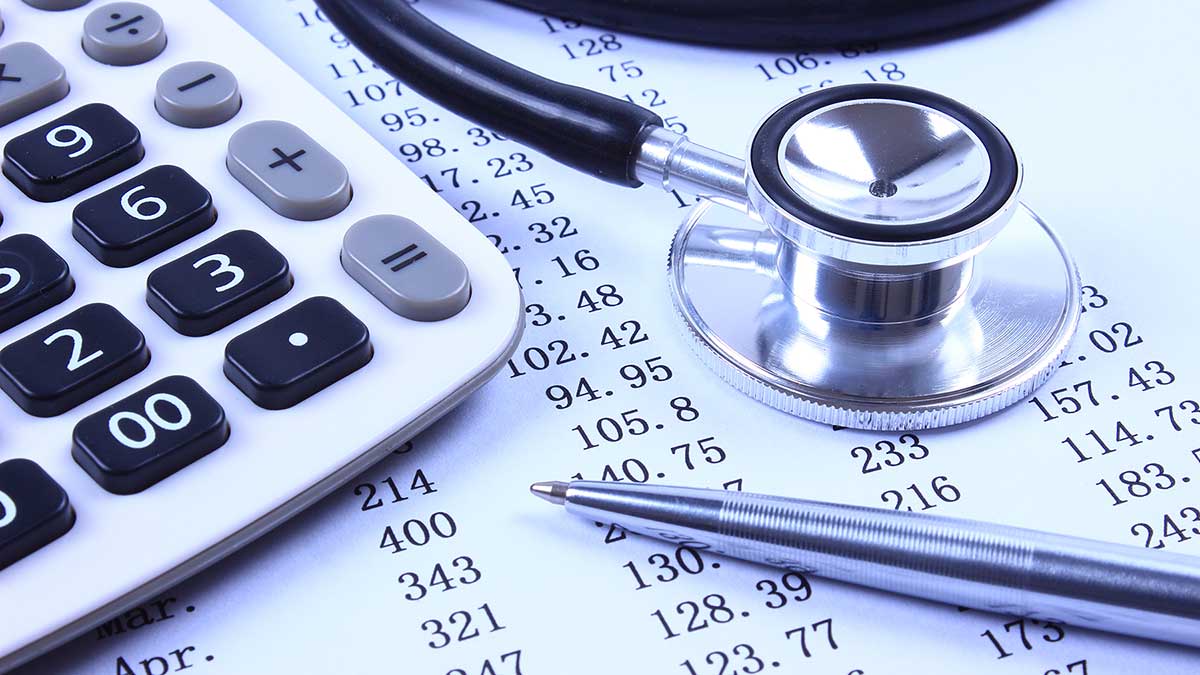How to help in emergencies before help arrives

If you witness a medical emergency where someone is seriously injured, you should first call 911. But do you know what to do to help in the sometimes-crucial minutes before paramedics arrive?
There are two categories of typical emergencies. The first is trauma, such as a car crash, a broken bone or a serious cut. The second category includes medical emergencies that happen suddenly and require quick action, such as heart attacks or strokes.
We’ll cover how to make a difference in both categories:
Trauma
If there’s bleeding, first control blood loss:
- Apply direct pressure to the wound with gauze or a clean T-shirt or towel.
- If blood continuously soaks through the dressing you’ve applied, try applying firm pressure to a major artery somewhere between the wound and the heart.
- If this doesn’t work to slow or stop bleeding, you can use a tourniquet, which you can make yourself if there isn’t one nearby.
If you think someone has broken a bone or injured their spine, try to keep them from moving and injuring themselves more. The goal is to stay still in a way that relieves some pain but reduces further damage.
Heart attack or stroke
When someone is having a stroke, the most difficult task can be recognizing symptoms in the first place.
Remember the FAST acronym:
- Face drooping or uneven smile
- Arm weakness or numbness
- Speech difficulty
- Time to call 911
Keep track of when symptoms begin so that medical providers know which types of treatment will help most. Don’t let the person go to sleep, and don’t give them food, drinks or medication.
Heart attack symptoms include chest pain that increases in intensity; chest pain with sweating; fainting; and chest squeezing/pain/discomfort that can radiate to the shoulder, neck, arms and jaw.
Women may experience more vague heart attack symptoms.
If the person is unconscious, isn’t breathing and has no pulse, CPR can help while you’re waiting for the ambulance.
A 911 dispatcher could talk you through performing CPR, but you can also learn about hands-only CPR or find a CPR class to be better prepared.
Find a CPR class through the American Heart Association
If available, a defibrillator, or AED, is even more useful. These are now installed widely in public venues.
Many CPR courses include guidelines for using an AED, and the American Red Cross provides step-by-step instructions on its website.
Knowing where an AED is can save a life
Other ways you can help
Assessing scene safety is vital and should come before anything else.
You could move someone out of harm’s way if you can do so without hurting them or yourself.
However, if you’re in a situation where there’s still an active threat of danger, then make sure before coming to someone’s aid that you won’t become a victim, too. Keep this in mind if, for example, there’s a car crash in the middle of the highway in heavy traffic.
Calling 911 is most important. It’s easier for the dispatcher and paramedics if you speak calmly and begin the call by identifying who you are, what the emergency is and where you’re located. If you know relevant medical information about the person in trouble – maybe that they have diabetes or epilepsy – share that, too.
Once you explain what you need, the dispatcher will be able to take over with more specific questions.
Help someone position their body if they’re struggling to get into a comfortable position. But don’t force them to sit up or lie down.
If someone is unconscious and their current position may lead to further injury, you can try to put them in a “recovery position.” This is helpful to keep the airway open and prevent someone from choking on vomit or other fluids.
Taking care to support the head and neck, you can move someone into this position by rolling them onto one side, staggering and bending their legs slightly, raising their chin forward and making sure their mouth is pointed toward the floor.

In general, though, if you don’t have to move someone for their safety, don’t.
Calm the person by telling them that 911 has been called and help is on the way. You could also offer to contact someone for them if the person can’t use a phone on their own.
Sometimes, the best help you can offer is comfort and reassurance.
Daniel Bachmann, MD, FACEP, is the director of emergency preparedness at The Ohio State University Wexner Medical Center and an associate professor and director of the hyperbaric medicine program at The Ohio State University.




